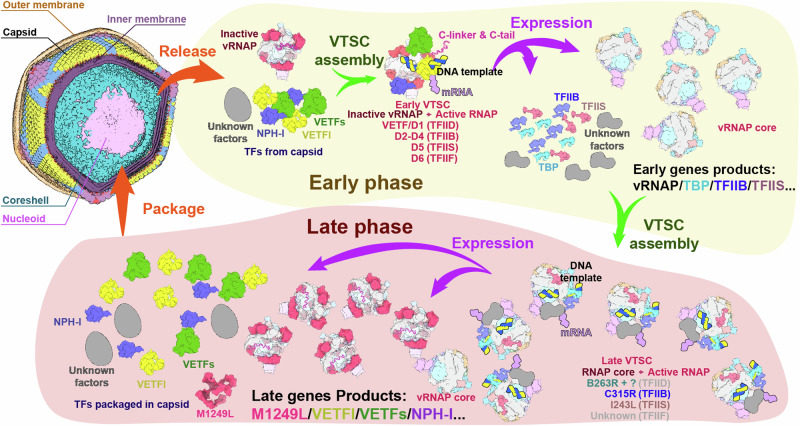Fig. 7. Model of the ASFV transcription Dual Systems.
The core vRNAP and vRNAP-M1249L complex structures in this panel were derived from cryo-EM maps as depicted in Fig. 2b. The structural models of the other transcription factors are based on predictions generated by AlphaFold. Gray models signify unidentified proteins implicated in transcription. After the virus invades the host cell, the vRNAP-M1249L complex and VETFs, VETFl, and NPH-I transcription factors in the virons are released to initiate early transcription. Subsequently, the synthesis of vRNAP and virus-encoded transcription factors (TBP, TFIIB, TFIIS, CE, and other unknown factors) progresses, assembling the second form of RNA polymerase, setting the stage for the late phase transcription. In the late phase, newly synthesized vRNAP and transcription factors, produced during the early phase, initiate transcription of late viral genes by specifically binding to promoters of late phase genes including viral particle components including vRNAP, M1249L, VETFl/s, NPH-1, CE, etc., which are incorporated into new virions. The ASFV RNAP-M1249L complex in an inactivated state is included in virions as pre-assembled units to facilitate the resumption of early gene transcription in subsequent infection cycles.

